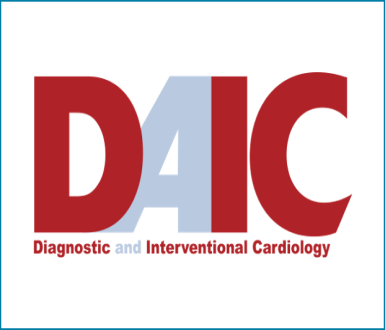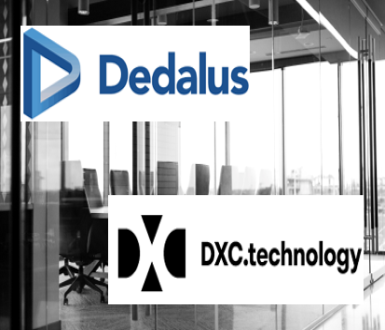Innovation to Address Physician Burnout


Alex Green
Published: March 5, 2019 In The News
05th March 2019 – Written by Alex Green – Featured in Diagnostic and Interventional Cardiology – Here are some takeaway insights on key technologies highlighted at the Healthcare Information Management and Systems Society (HIMSS) 2019 meeting in February. Here we focus on physician burnout, a significant theme at the conference, particularly in relation to electronic health record (EHR) product developments.
Four key technology trends observed at HIMSS included:
- Developments in data sharing and interoperability – particularly in supporting risk stratification and the move toward personalized medicine.
- Business diversification among EHR vendors (both product and vertical market)as their attempt to maintain historic growth rates
- The increasing importance of telehealth at HIMSS, particularly considering recent changes to reimbursement policy within the U.S. Read more on the telehealth trend.
- How EHR vendors will address physician burn-out
You may also like


